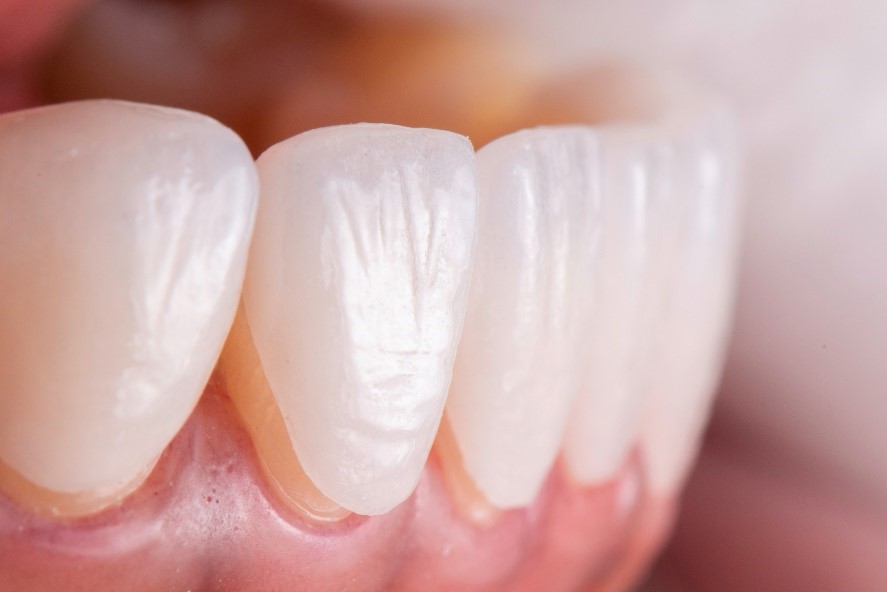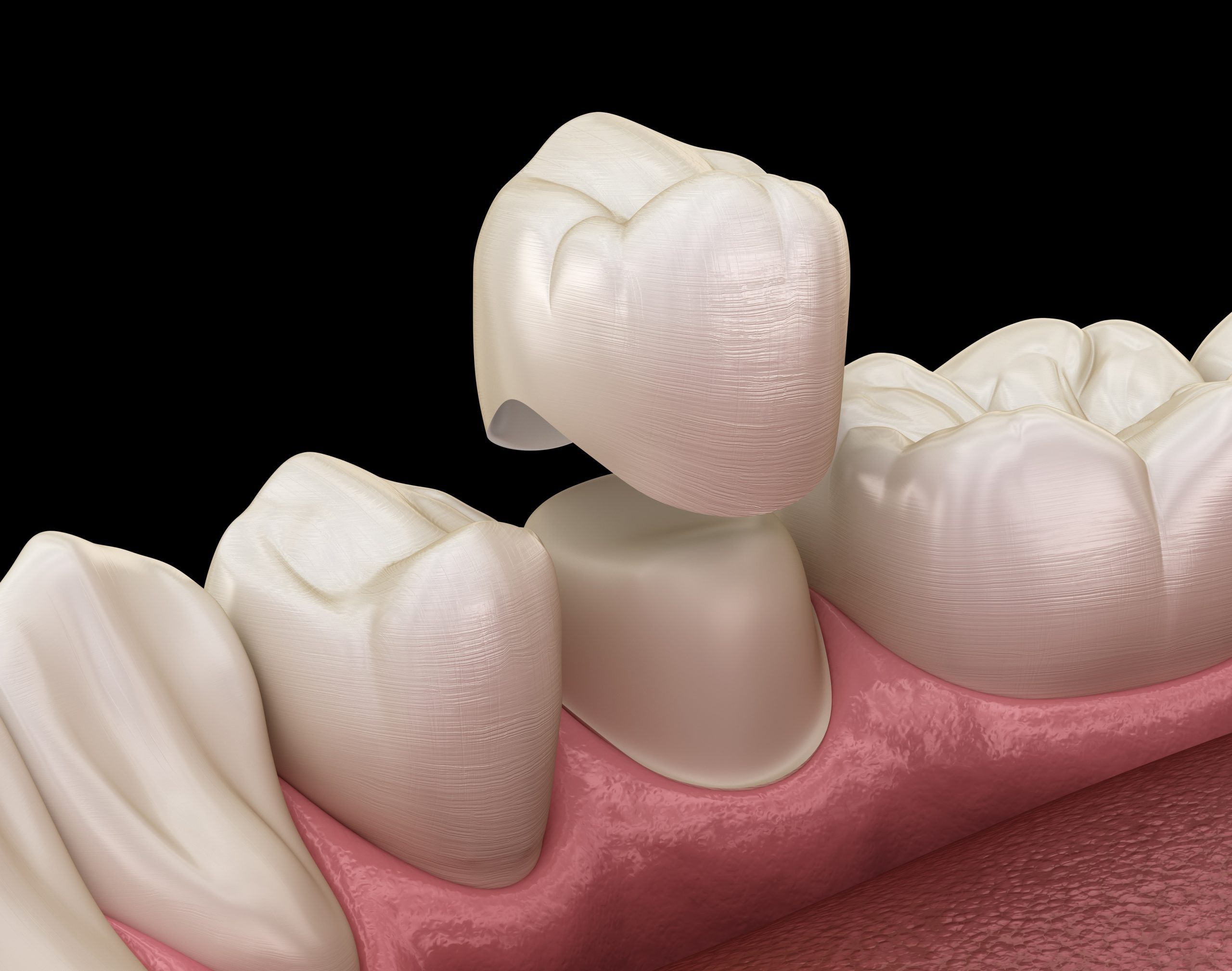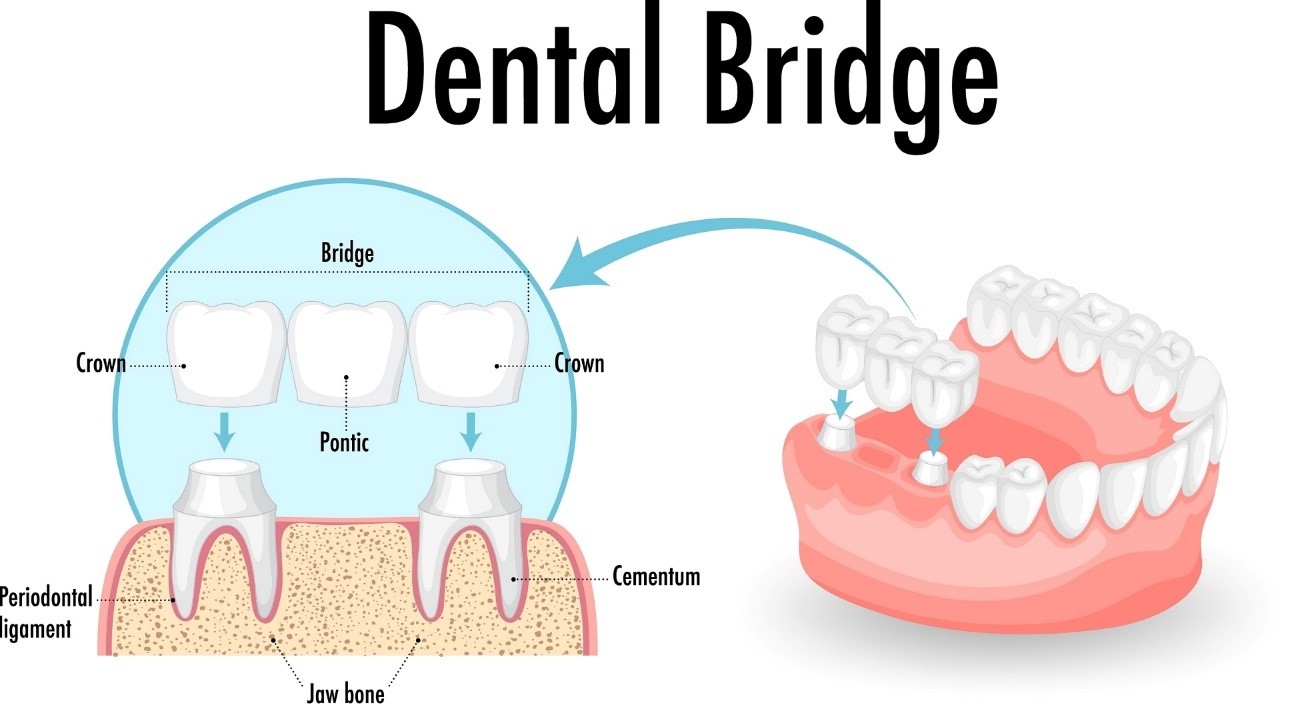Veneers
Veneers are thin, custom-made shells, typically made from porcelain or composite resin, that are placed on the front surfaces of teeth to improve their appearance. Veneers are used to conceal various dental imperfections, such as stains, discoloration, chips, gaps, and misalignment. They are designed to enhance the aesthetics of teeth, creating a more symmetrical, attractive smile. Veneers are durable and provide a natural-looking, long-lasting solution for cosmetic dental concerns. The process involves minimal tooth preparation, and veneers are custom-crafted to match the desired size, shape, and colour of the teeth.

Porcelain Veneers
Porcelain Veneers are made from a strong, durable and stain-resistant ceramic material and looks similar to real teeth. They are considered more durable and stain-resistant compared to Composite Veneers but are generally more expensive. It also requires some tooth preparation such as the removal of a layer of enamel for the veneers to fit properly.
Composite Veneers
Composite Veneers are made from tooth-coloured material (e.g. resin) and is less translucent compared to porcelain veneers. As such, it may not match real teeth in terms of appearances.
However, recent developments in techniques and science has allowed our dentists to practice biomimetic dentistry and produce resin veneers that look and feel close to real teeth.
It is relatively cheaper than porcelain due to the materials used but is not as durable and is more prone to chipping.
However, it requires lesser tooth preparation and removal of the enamel compared to porcelain veneers and is also easier to repair.
Dental Crowns
Dental crowns are custom-made caps used to cover damaged or weakened teeth, restoring their strength and appearance. They are commonly used for teeth with large cavities, fractures, after root canal treatment, or dental implants. Crowns can be made from various materials like ceramics or semi-precious metals

Dental Bridges
Dental bridges, on the other hand, are fixed restorations designed to replace one or more missing teeth. They consist of artificial teeth (pontics) supported by adjacent natural teeth or dental implants (abutments). Bridges help restore the ability to chew, speak, and smile while preventing adjacent teeth from shifting. They can also be made from materials like porcelain, ceramic, or metal alloys. Both crowns and bridges play vital roles in dental restorative procedures, enhancing both functionality and aesthetics.

